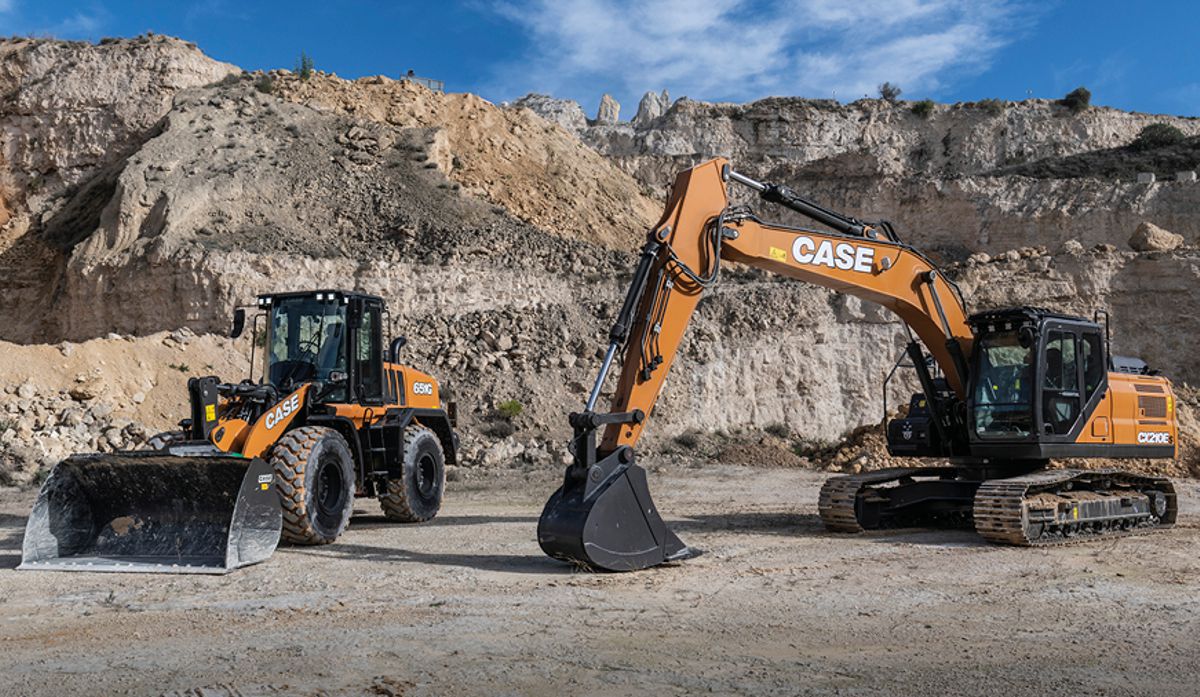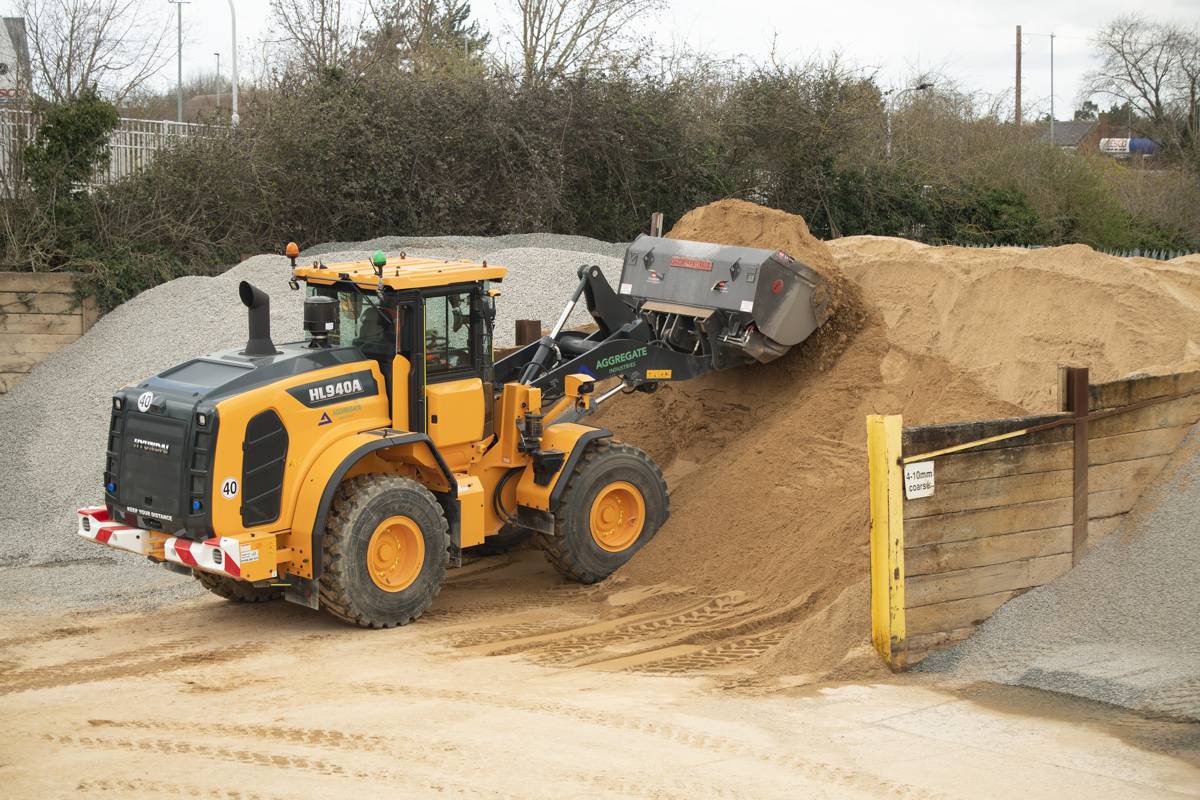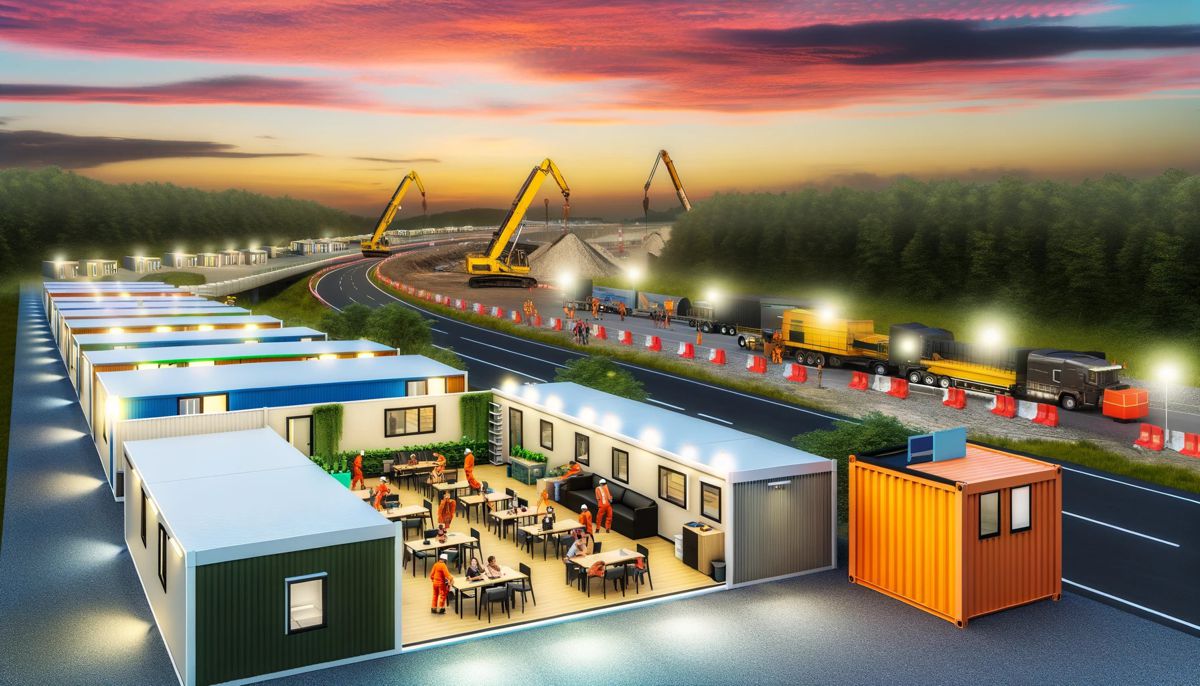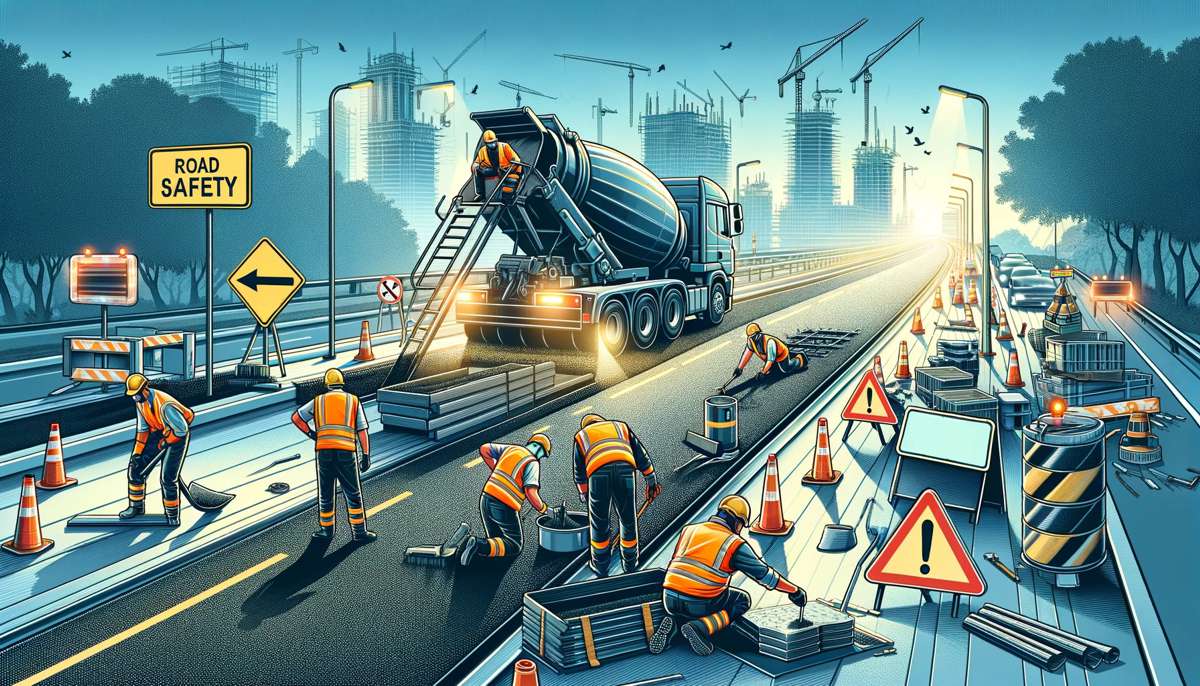Do we need to put the brakes on Britain’s Smart Motorways?
Almost all of us use the motorway network as part of our travels across the country and as Smart Motorways are continuing to be rolled out, we are all developing opinions and perhaps some understanding on their positive and negative impacts.
Smart motorway is a term used to describe several changes being rolled out across the strategic road network (SRN) in the UK. The term refers to three types of scheme, all intended to increase capacity on the SRN. Controlled motorways are those where the speed limit can vary in response to the volume of traffic, but a hard shoulder is present and only to be used in an emergency. All lane running (ALR) schemes have a variable speed limit and the hard shoulder is used as a live lane. Dynamic hard shoulder schemes are somewhere between the two with the hard shoulder used as a running lane only when traffic is heavy.
These changes are being rolled out in response to the huge issue of congestion. The most recent INRIX report estimated that British drivers lost £7.9 billion in 2018 as a result of the direct and indirect costs of congestion. Individually, drivers wasted 31 hours in rush hour traffic, costing them £1,168 over the year. Clearly, we need to increase capacity to reduce congestion, but smart motorways are not proving popular with motorists.
In a previous article we considered driver perception of smart motorways and what more needs to be done to raise awareness of the emergency refuge areas (ERAs) and when and how to use them. Essentially, public sentiment is against schemes that use the hard shoulder as a running lane. Drivers fear they will not be able to reach an ERA if they break down, leaving them stranded in a live lane of the motorway. In a recent survey by the AA, drivers judged such roads to be the seventh most dangerous road type out of only eight options. Only ‘narrow lanes with passing place’ were perceived to be more dangerous.
So far, the response to these concerns has been to improve driver understanding of how to drive on smart motorways and to adapt the design and frequency of ERAs.

Highways England have produced videos as part of wider advertising campaigns on what to do in an emergency and the importance of respecting the red X symbol. The red X is the sign displayed on overhead gantry’s when a vehicle is stationary in a live lane and means that drivers must exit that lane as quickly as possible.
They have also recently announced that they will be reducing the maximum gap between ERAs from 1.5 miles to one mile where possible.
Despite this, support is growing for a campaign to halt the roll out of smart motorways all together.
The Campaign for Safer Roadside Rescue & Recovery, started by Sam Cockerill, the widow of a roadside worker killed when recovering a vehicle on the M25, is calling for the Government to halt the roll out of all ALR schemes. The campaign now has the support of an all-party parliamentary group for roadside rescue and recovery. The group is chaired by Sir Mike Penning, who has said that smart motorways are putting the lives of recovery workers “at risk” and highlighted the issue of red X lane closure signs not being enforced. Sir Mike has further stated that: “We are losing about eight recovery workers a year and even more seriously injured”.
Clearview Intelligence have technology in operation the length and breadth of the UKs roads. Many of their solutions operate on the SRN, so their team of engineers are well aware of the risks posed by working on high-speed roads. However, when they do so, there is stringent traffic management in place. Clearview would not allow them to work on a motorway lane with only an overhead gantry sign telling drivers to get out of that lane. Clearly this could be a very dangerous place.
So why, if this is too dangerous for Clearview, is it acceptable for recovery workers? Should they be expected to shoulder the risk? And how does this fit with Highways England’s aim that no one should be harmed when travelling or working on the SRN?
That said, it is hard to think of an alternative, a member of the public who breaks down on an ALR scheme but cannot reach an ERA still needs to be recovered. How else can this be done?
Perhaps we should apply some of the technical innovations that have been made to improve safety for road workers to recovery workers? Perhaps the distance between ERAs should be shortened further? Or perhaps ALR schemes do need to be scrapped?
The all-party parliamentary group for roadside rescue and recovery is looking at whether smart motorways put recovery workers at risk and whether they are more dangerous than standard motorways. They are due to report their findings in September 2019.

Are smart motorways safe?
Motorways are by far the safest road type each year when the Department for Transport reports on road casualties in Britain. The most recent stats are for 2017 when there were a total of 1,793 road deaths. The majority (60%) of these occurred on rural roads (1,068). There were 626 road deaths on urban roads and only 99 on motorways. Even though motorways carry around 21% of traffic, they only account for 6% of fatalities.
While the Department for Transport doesn’t separate these figures into smart and standard motorways a Freedom of Information request obtained by the RAC shows that at the end of 2017 there were 100 miles of ALR motorway in England. There were 16 crashes across all lanes which caused injury involving stationary vehicles, such as broken-down cars on these stretches.
Over the same period, there were 29 similar crashes involving vehicles parked up on the hard shoulder for the rest of the network in England. This includes around 1,800 miles of road. It’s possible there are higher numbers of accidents on ALR schemes because they are inherently more dangerous. But the fact that these motorways, by the nature of which motorways are upgraded, carry higher volumes of traffic is another important factor. For this reason, before and after analysis of smart motorway upgrades may provide better insight into the safety of these schemes.
Dedicated reports into smart motorway programs have not found them to be more dangerous after the upgrade.
A three-year safety report carried out for the M42 smart motorway section found that both the number of Personal Injury Accidents (PIA) and the severity of accidents went down following the upgrade.
Similarly, the sections of the M25 upgraded to smart motorway were found to have no adverse effect on safety. In fact, a small reduction in collision rate, over and above the national background of improved safety was found. While the reduction was not statistically significant, the results show that, at least, safety didn’t decline because of the scheme.
Again, the upgrade to the M1 junction 32 to 35a found no increase in accidents (fatal and severe) in 2017 after the work to upgrade this section to an ALR scheme was completed in March of that year.
In researching this article, we could not find any evidence of a motorway becoming more dangerous after being upgraded to a smart motorway when you compare the same road before and after. We did, however, find considerable coverage in the press for fatalities when they happen on smart motorways. Could this be driving the perception that these roads are more dangerous?

Are there alternatives to smart motorways?
INRIX identified the cost of congestion to drivers in 2018 to be £7.9 billion. This is a huge cost, to put it into context, the total public sector on spending on Transport in 2018-19 was £35 billion. So, we need to increase capacity to reduce congestion and we need to do this as efficiently as possible.
Unless we are to believe that we will all be upgrading to autonomous vehicles capable of travelling much closer together in the next five years, we need to increase the size of our roads to increase capacity. To do so, the only real alternative to smart motorway schemes is to widen the motorways. But this comes at a huge cost.
The precise costs vary from scheme to scheme, but as an example, the M25 J27–30 motorway widening scheme cost £272.4 million. That’s around £16.2 million per mile. In comparison, the cost of upgrading the M25 J5-6/7 to an All Lane Running (ALR) scheme was £121 million. That’s around £6.5 million per mile.
With such a huge difference in costs, it’s hard to argue traditional widening schemes as a viable alternative. That leaves the challenge of making ALR schemes work for both Highways England and the public.
Arguably, so long as vehicle detection and a rapid response from emergency services are in place to activate the red X above a lane that has a broken-down vehicle in it, smart motorways should not be more dangerous than standard motorways.
Clearview provides such vehicle detection and introduced the very first MIDAS (Motorway Incident Detection and Automatic Signalling) system in the UK on the M25 over 20 years ago and still provide this service, but have introduced efficiencies into the vehicle detection element. Instead of using inductive loops, which damage the integrity of the road surface and are costlier and more time consuming to install, Clearview now utilise wireless vehicle detection. Their M100 wireless vehicle detection system works in the same way to loops without the drawbacks of inductive loops.
Video analytics may soon also provide an alternative as the technology advances, as may other sensor-based systems that can perform multiple functions. For example, a road stud that provides a view of the road ahead while also detecting incidents and stationary traffic.
Once an incident has been detected, its vital that drivers are made aware of this without delay and that drivers adhere to the red X. Earlier this year, a study found that as many as 20 per cent of vehicles were driving through the red X signs indicating that a lane is closed on a smart motorway.
Clearly, more needs to be done to educate drivers on the dire consequences of ignoring these signs and ultimately people need to be prosecuted for driving in a red X lane until every driver understands they need to get out of that lane as quickly as it is safe to do so. Highways England are planning to introduce a fixed penalty fee of £100 and three penalty points for drivers who don’t adhere to the red X rule at the end of this month (March 2019).
Highways England are also responding to the calls to make ERAs more frequent and visible and this needs to continue. While it will increase the cost of upgrading roads to smart motorways, it may be a workable compromise between a hard shoulder and ALR scheme.
As with any infrastructure challenge the issue of smart motorways is vast and complex. Perhaps, as with the recovery workers, we need more voices from the highways industry to offer suggestions.















